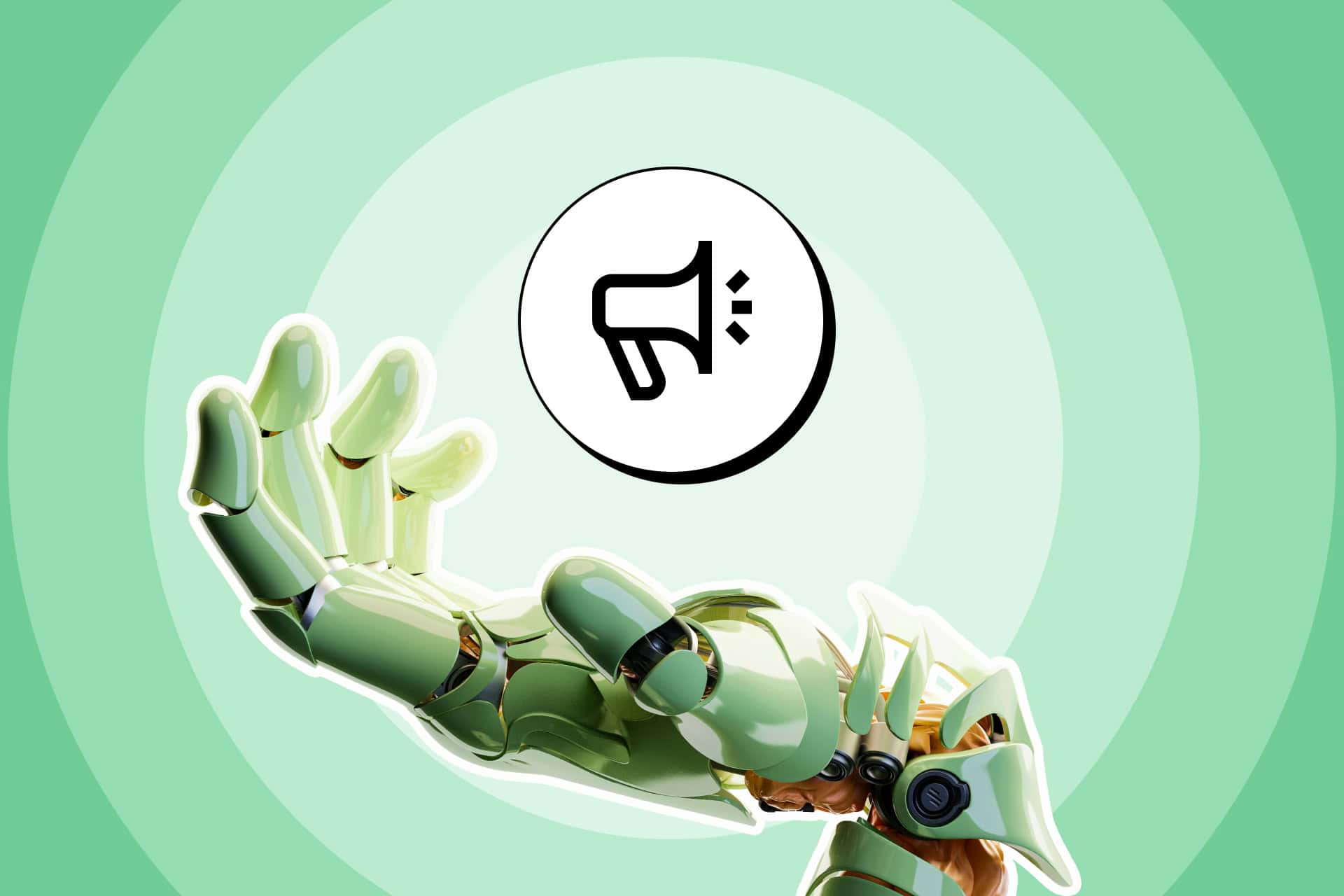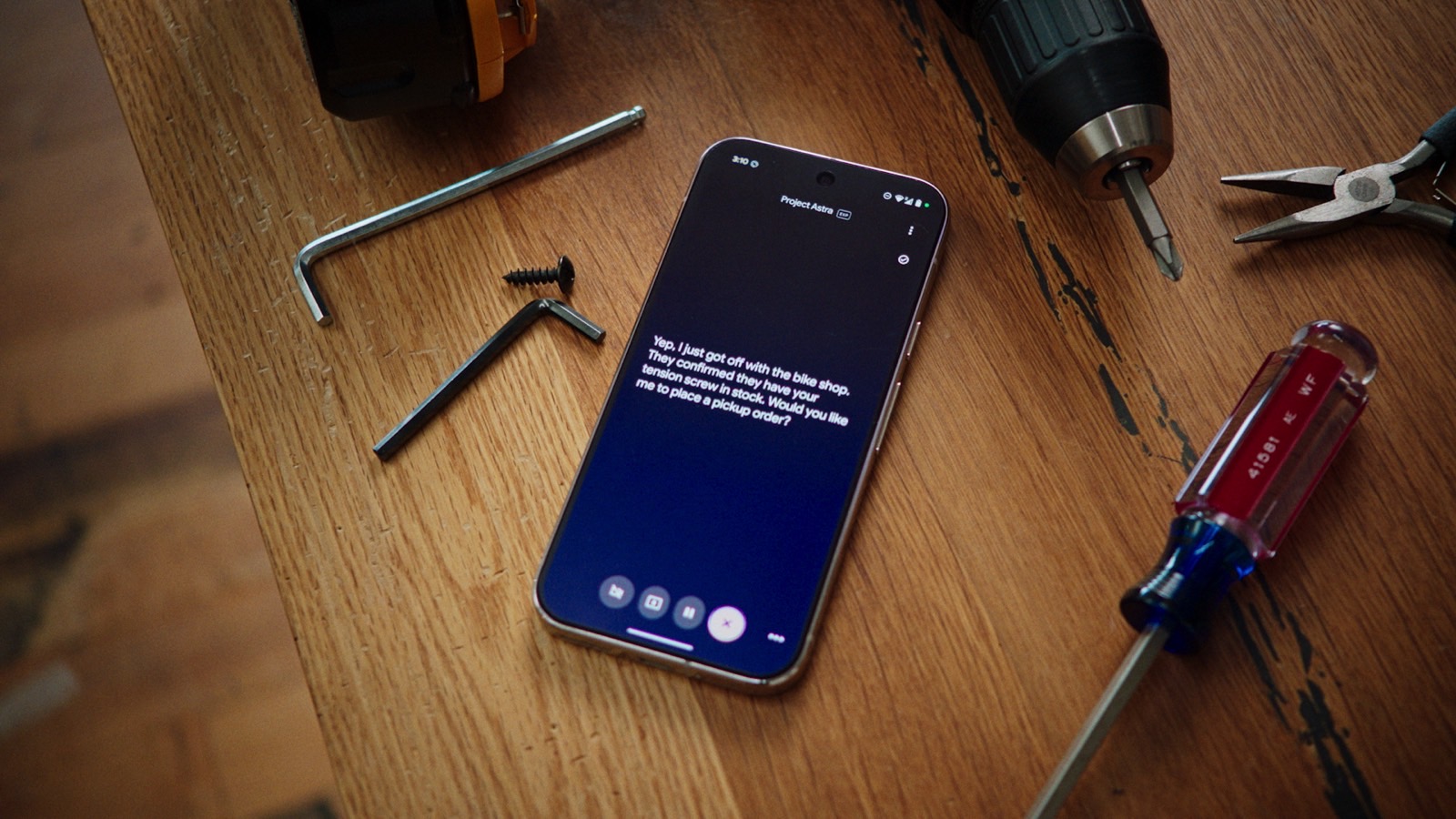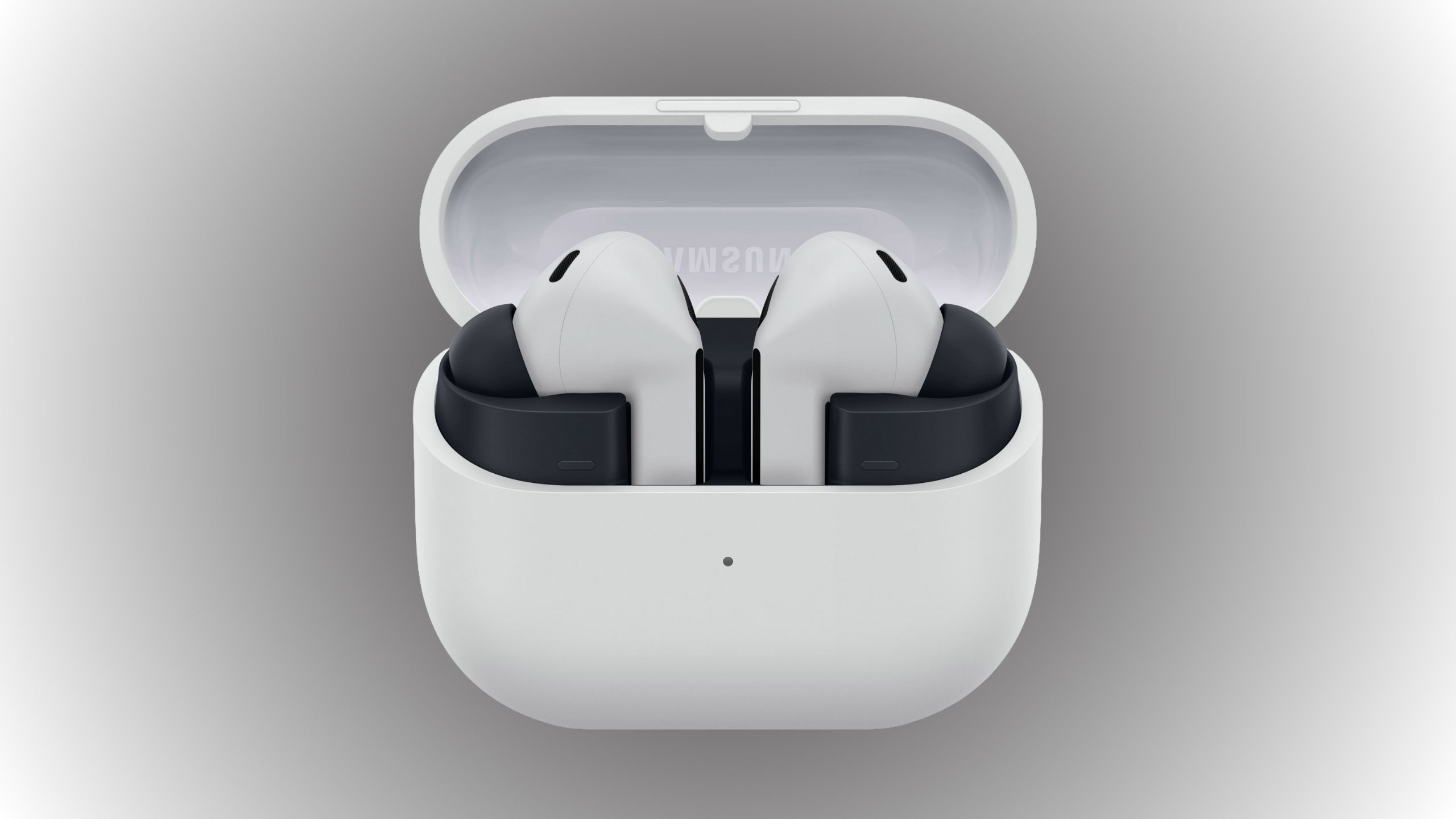Nearly 90% of businesses rate the quality of the data they have access to from social listening as high or very high, according to The Social Intelligence Lab.
That sounds promising, but results depend on how you use that data. Many teams are still stuck reacting to the same surface-level mentions, keyword alerts, and vanity metrics.
You see a spike in activity but no real context. You catch a trending hashtag, but you’re late to the conversation.
The volume of data is there. The insights? Not so much. Your brand may be too slow to spot reputational risks, too disconnected to hear early product feedback, or too scattered to understand customer sentiment.
AI-powered social listening is changing that. In this post, we’ll break down how it works, what it does differently, and how to make it useful without turning it into another bloated dashboard no one checks.
Let’s dive right in.
What Is AI-Powered Social Listening?
Let’s explore some background first to help you understand AI-powered social listening. Tracking mentions and hashtags is usually the starting point for social listening.
Your average social listening tool can pull in direct references to your brand, product, or campaign from platforms like X and Facebook.
You’d enter a list of keywords, and the tool would flag them every time someone used them. It’s useful for basic awareness but limited. For example, you’d miss it if someone misspells your brand name, uses slang, or refers to you indirectly.
And there’s no real context—just a feed of mentions you have to manually sort through.
AI social listening is the next step beyond tracking mentions and hashtags. It builds on the data you’ve already gathered by adding intelligence. It analyzes language patterns, tone, emotion, and even the structure of online conversations across platforms.
So, instead of just showing you who said what, it helps you understand:
- Why they said it
- How they feel
- What themes are emerging
By leveraging AI, your brand can monitor customer sentiment, detect emerging trends, and respond to real-time feedback.
For example, imagine you’re a global eSIM provider. You can use an AI social listening platform to track discussions about international travel connectivity, data plans, and customer pain points.
Image source
Image source
eSIM analyzes sentiment across social media platforms, forums, and review sites, allowing you to identify demand shifts, improve customer support, and optimize marketing strategies.
This proactive approach helps you stay ahead of competitors and tailor your offerings to traveler needs.
How AI Enhances Brand Monitoring Capabilities
AI can process large volumes of data. But that’s not its biggest advantage. It’s the quality of actionable insights it can surface.
Let’s explore.
Real-time analysis across platforms
Before AI, brand monitoring was mostly reactive. You’d get a report after something happened. By the time you read it, a minor complaint on a social media platform might’ve turned into a customer service mess, or an opportunity might’ve already cooled off. AI eliminates that lag.
Modern tools use machine learning to scan dozens of channels simultaneously and surface patterns in real time. This includes fast-moving spaces like TikTok, Reddit, YouTube comments, and Discord.
AI flags spikes in volume, tone shifts, and new keyword clusters without needing manual input. So you’ll get an alert when relevant conversations are gaining momentum, even if users aren’t tagging or naming you directly.
This allows your PR, marketing, and customer experience (CX) teams to respond quickly and precisely.
The value of AI doesn’t stop at monitoring the conversation—it extends to building the team that can act on it. AI-powered recruiting tools are increasingly used to identify top talent based on behavioral signals, cultural alignment, and success predictors.
By analyzing resume data, candidate communication, and even sentiment in interviews, AI helps companies move beyond gut-feel hiring. All this ensures you’re not just listening to what’s happening externally, but also hiring the right people internally to respond, adapt, and innovate in real time.
This could mean jumping in early to correct information, capitalizing on a wave of organic praise, or escalating something internally before it snowballs.
Examples:
- A travel brand detects a sudden spike in complaints on Reddit about flight delays related to a partner airline. Then, they update their communications before media coverage kicks in.
- A cosmetic company catches a viral TikTok trend using their product in an unintended (but safe) way. They ride the wave and create a response video within hours.
- A telecom brand sees a spike in YouTube comment volume on a competitor’s new ad campaign. This hints at dissatisfaction, which they can capitalize on with timely promotions.
Deeper Sentiment and Emotion Analysis
Sentiment analysis used to be black and white: positive, negative, or neutral. That’s barely useful when many online communication lives in the gray area. Sarcasm, frustration, humor, and passive-aggression can blend together in a single tweet or comment thread.
Image source
AI social listening tools offer deeper insights by analyzing social media posts’ context, tone, and even cultural nuance. For example, they can detect when someone is joking versus when they’re angry.
This helps you track emotional responses over time. For example, let’s say users consistently express disappointment around a specific product or feature but don’t use negative language.
AI is advanced enough to detect customer sentiment and map the emotional patterns tied to the brand experience.
Examples:
- A fashion retailer picks up on repeated customer frustration from tired sarcasm in post-purchase reviews. This signals issues with shipping delays.
- A gaming company notices growing anticipation in niche Discord communities before a launch, even though no official mentions are made. AI reads the tone of speculation and excitement.
- A SaaS platform sees users repeatedly describing their new feature as “confusing” or “clunky.” This sentiment pattern points to a UX problem which can be solved through UX optimization.
Detect Emerging Trends, Crises, and Brand Perception Shifts Early
Many reputation issues don’t blow up out of nowhere. It’s often a slow build. These PR crises start as quiet signals. For example, think comments buried in niche threads, repeated phrases in product reviews, subtle shifts in how people describe your brand or competitors.
The problem is that those patterns are difficult to detect manually until it’s too late. But you can do this effortlessly with AI. It constantly monitors for unusual patterns in volume, language, and reach on social media channels. If negative sentiment is growing in a specific region or among a specific demographic, it flags it early. If users pair your brand name with a new keyword or phrase, you see it while it’s developing.
This gives teams time to respond or prepare, which can be the difference between a quick clarification and a full-blown PR crisis.
On the other hand, it can also help you spot opportunities, like a grassroots movement or meme, that align with your brand identity.
Examples:
- A beverage brand spots early chatter on smaller forums about one of its ads being culturally insensitive, so it takes the ad down before the mainstream media picks it up.
- A business selling a home cleaning product notices that a new ingredient is gaining popularity among health-conscious buyers. AI detects this trend early in niche blogs. As a result, the company reformulates its product and takes a new marketing angle.
- A streaming service identifies a rising online conversation thread associating their app with buffering issues after an update. AI sees this pattern even though users aren’t tagging the brand.
Spotify is an example of a brand that monitors social media platforms closely. When users post about a problem, the company often replies directly.
This quick action shows customers that Spotify is paying attention. It also helps keep problems from spreading or turning into bigger complaints.
Image source
How To Implement and Use AI-Powered Social Listening Tools
You don’t need to overhaul your entire tech stack to start using AI social listening to monitor chatter on social media channels you manage. But you do need to approach it with a clear goal and the right setup. Here’s how to get started:
Choose the Right Platform
Look for tools that go beyond basic mention tracking. Prioritize those with:
- Real-time analytics
- Sentiment/emotion detection
- Customizable dashboards
- Multilingual capabilities
Image source
Set Up Relevant Listening Parameters
Define the keywords, phrases, product names, competitor names, and industry terms you want to monitor.
Then, track direct mentions.
Make sure you include common misspellings, nicknames, and related themes. If you’re a global brand, include language variants and regional phrasing.
Customize Dashboards and Alerts
AI tools often come with automation features. Use them. Set up alerts for sentiment spikes, crisis signals, or vital industry trends.
Create dashboards for different teams (e.g., PR, CX, product, execs) so each group sees what matters most to them.
Integrate with your workflow
Make sure insights from social media platforms lead to action.
Connect your listening platform to tools like Slack, Trello, or your CRM so social signals become part of your day-to-day operations.
Review and Refine
AI tools get smarter over time, but only if you guide them. Review what you’re tracking every few weeks.
Add new terms, refine rules, and train the system on what matters to your brand. The more relevant data it has, the more useful it will become.
Conclusion
AI-powered social listening tools give brands a clearer, faster, and more accurate view of what matters to their audiences. It moves teams out of reactive mode and into a place where decisions are based on real-time, actionable insights.
When you understand how social conversations unfold, what emotions drive them, and who’s influencing them, you can lead with intention. Artificial intelligence makes that kind of awareness possible.
Want to take your social media strategy to the next level? Keyhole lets you build a stronger online presence and stay ahead of the game by alerting you when someone mentions your brand on social media. Book a demo now to give it a try.
Author
Guillaume is a digital marketer focused on handling the outreach strategy at uSERP and content management at Wordable. Outside of work, he enjoys his expat life in sunny Mexico, reading books, wandering around and catching the latest shows on TV.
Frequently Asked Questions
1. What is AI-powered social listening?
AI-powered social listening goes beyond merely tracking mentions and hashtags. It uses artificial intelligence (AI) to analyze the context, tone, and emotion in social conversations. This approach helps brands understand why people are talking about them and how they feel without monitoring mentions manually.
2. What benefits can brands expect from implementing AI-powered social listening?
Brands gain a proactive edge in monitoring customer sentiment and identifying trends early. This real-time insight allows marketing, PR, and customer experience teams to respond quickly right before issues escalate. It leads to more informed decision-making and better alignment of products and messaging with customer needs.
3. How can a brand effectively implement AI-powered social listening tools?
To implement these tools, brands should:
• Choose the right platform: Pick a tool with real-time analytics, deep sentiment analysis, and customizable dashboards.
• Set up relevant listening parameters: Include keywords, common misspellings, product names, and industry-specific terms.
• Customize dashboards and alerts: Tailor alerts for crisis signals, sentiment shifts, or emerging trends and integrate these insights into daily workflows.
• Review and refine: Continually update the parameters and train the system to ensure the insights remain relevant.









